[Spirited Away Grand Canal] Who was the first person to run through the Grand Canal?
[Editor’s note]
In order to thoroughly implement the spirit of the important instructions of the Supreme Leader General Secretary on the protection of the Grand Canal, our network actively participated in the network theme activity of "Questing for the Grand Canal" organized by the Network Communication Bureau of the Central Network Information Office. With culture as the core, we plan to launch new media products with diverse contents and rich forms, such as "Cloud Appreciating the Grand Canal", "Canal Questions", "Grand Canal March" and "Above the River", and publicize the achievements of canal ecological protection, cultural heritage protection and high-quality economic development in depth, so as to show the new features of the Grand Canal in the new era by comparing the past with the present.
Which historic district is famous for Lisi?
Nanxun Historic District is famous for Lisi.Nanxun Historic District developed and prospered in Ming and Qing Dynasties due to sericulture and manual silk reeling, and relied on the branch line of the Grand Canal — — With the convenient transportation, the Qiantang Canal has developed into a unique cross-port structure based on the Qiantang Canal.At the beginning of the 20th century, relying on the developed sericulture and farming economy in the Grand Canal and its surrounding areas, nanxun town became the largest silk merchant group in China, and Nanxun became an important commercial town in the south of the Yangtze River. Nanxun Town covers a total area of 1.68 square kilometers.The town retains the historical features of Ming and Qing Dynasties, which fully reflects the block pattern and historical features of nanxun town in the late Qing Dynasty and the early Republic of China.Relevant architectural heritages in the town are well preserved, important historical buildings are open to the public as museums, and the remaining residential buildings have basically maintained their original residential functions.
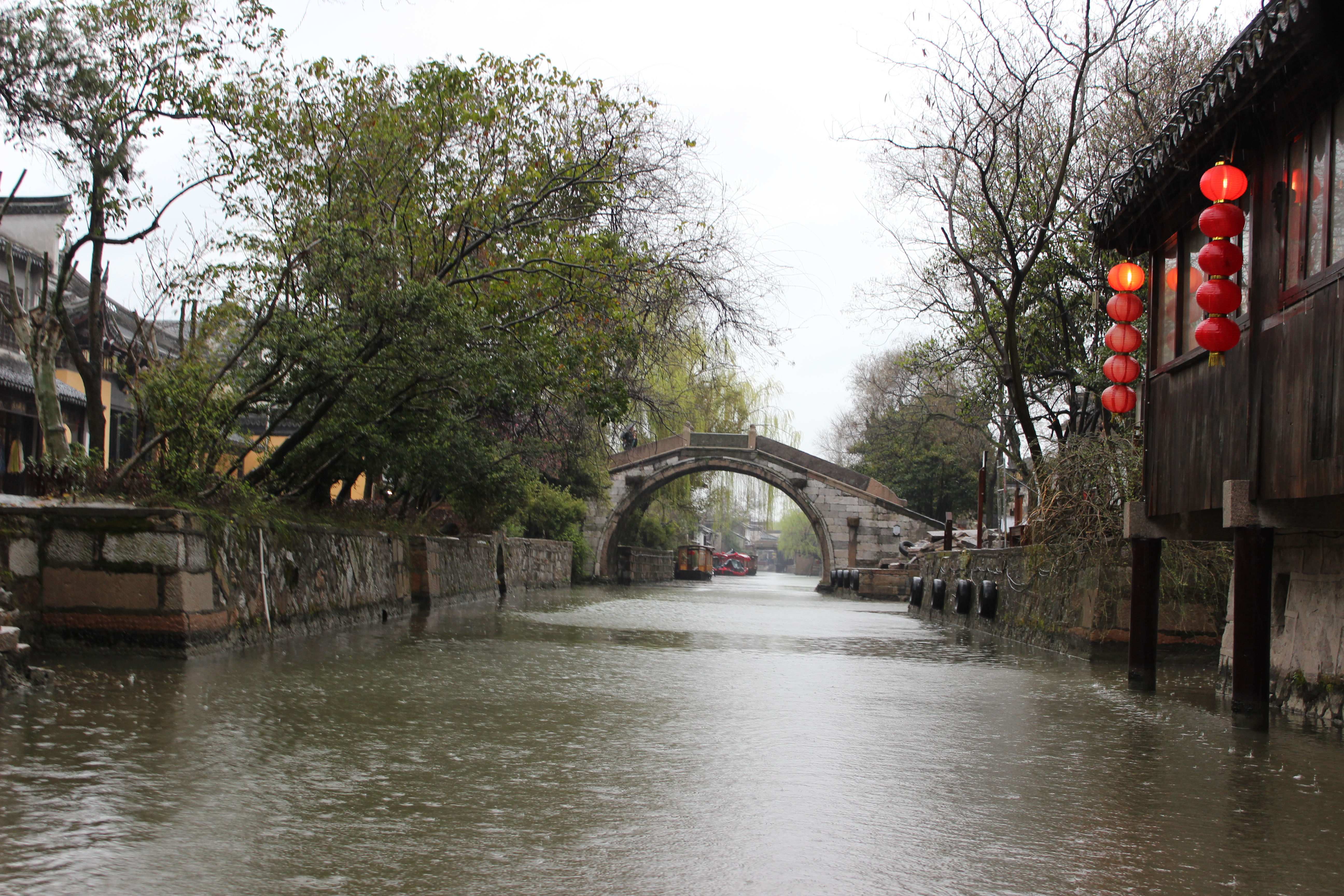
Nanxun historical block
Where is the historical and cultural block of Baziqiao?
Located in the north of the ancient city of Shaoxing, Baziqiao Historic District is an urban commercial district based on the geographical advantages of Shaoxing Baziqiao and the Grand Canal. It has a dual land and water transportation system and is a microcosm of Shaoxing Water City, reflecting the great influence of the excavation and change of the canal on the pattern and evolution of the canal settlement.
The historical block of Baziqiao covers an area of about 19.66 hectares. There are ancient bridges such as Baziqiao, Guangning Bridge, Dongshuangqiao, Fangche Bridge and Longhua Bridge in the block. Residents live near the river and walk along the street, forming a unique landscape of Jiangnan water town, which is a typical representative of the layout of Shaoxing ancient city street and river.
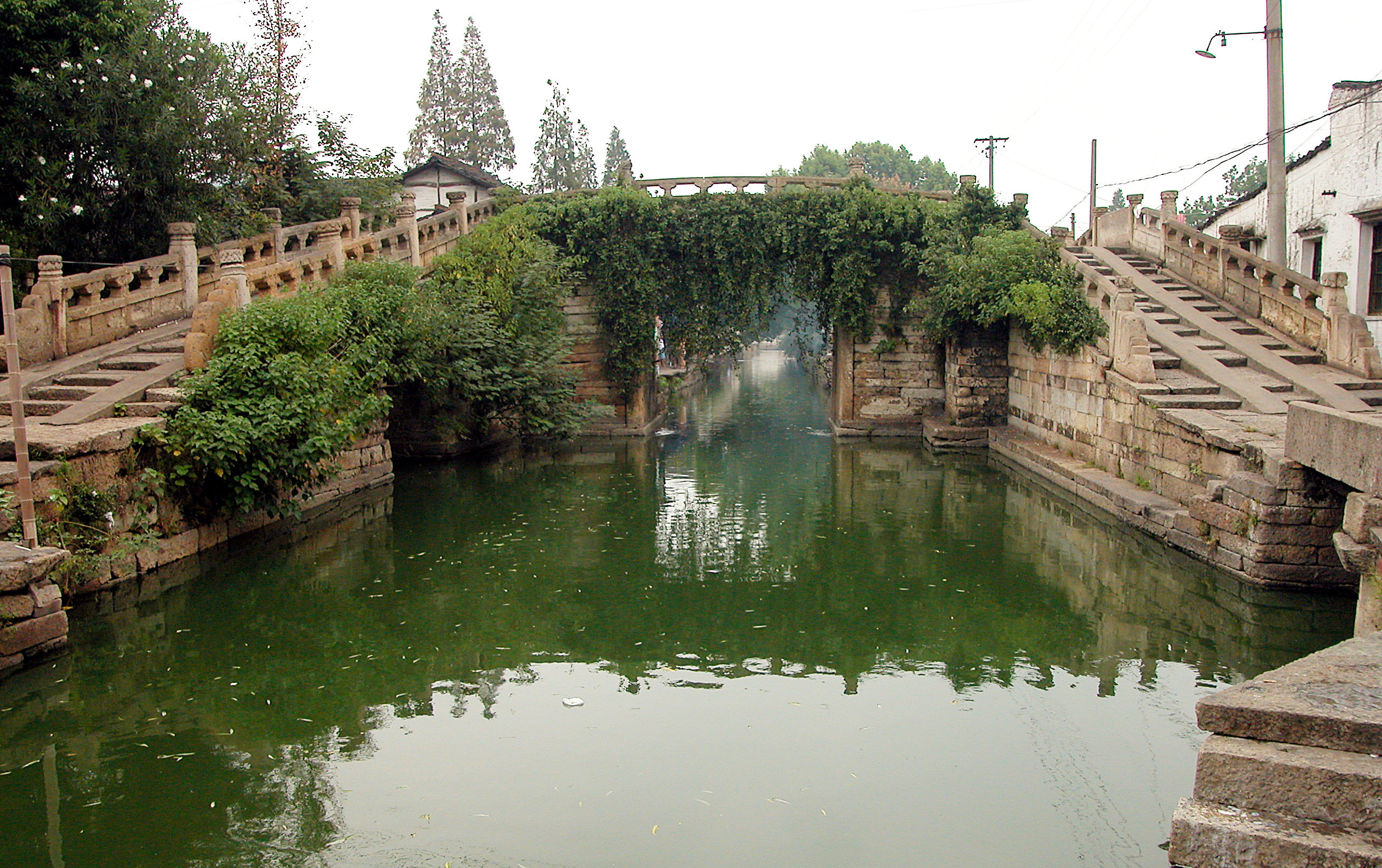
Baziqiao Historic Block
What are the four famous pagodas along the Grand Canal in China?
The four famous pagodas along the Grand Canal in China are Tongzhou Lighthouse, Linqing stupa, Yangzhou Wenfeng Pagoda and Hangzhou Pagoda of Six Harmonies. They are not only outstanding representatives of ancient architectural art in China, but also witnessed the prosperity of the canal area in the Ming and Qing Dynasties.
Tongzhou burning lighthouse
Located in the north of Tongzhou, the northernmost part of the Grand Canal in China, it is also known as the burning Buddha stupa. This tower was built in the Northern Zhou Dynasty, and was repaired in the Tang, Yuan and Ming Dynasties. Tongzhou Burning Lighthouse is also known as the Town Water Tower by the people, aiming at preventing floods from threatening the canal and protecting people on both sides of the strait from floods. "The pillar is half of the sky" and "A tower shadows Tongzhou" are the poems of two famous poets in the Qing Dynasty describing the burning lighthouse. The first sentence describes the majestic scene, and the second sentence describes the most beautiful scenery of the ancient pagoda, which can be used as a symbol of the ancient city of Tongzhou, thus making this pagoda famous in China.
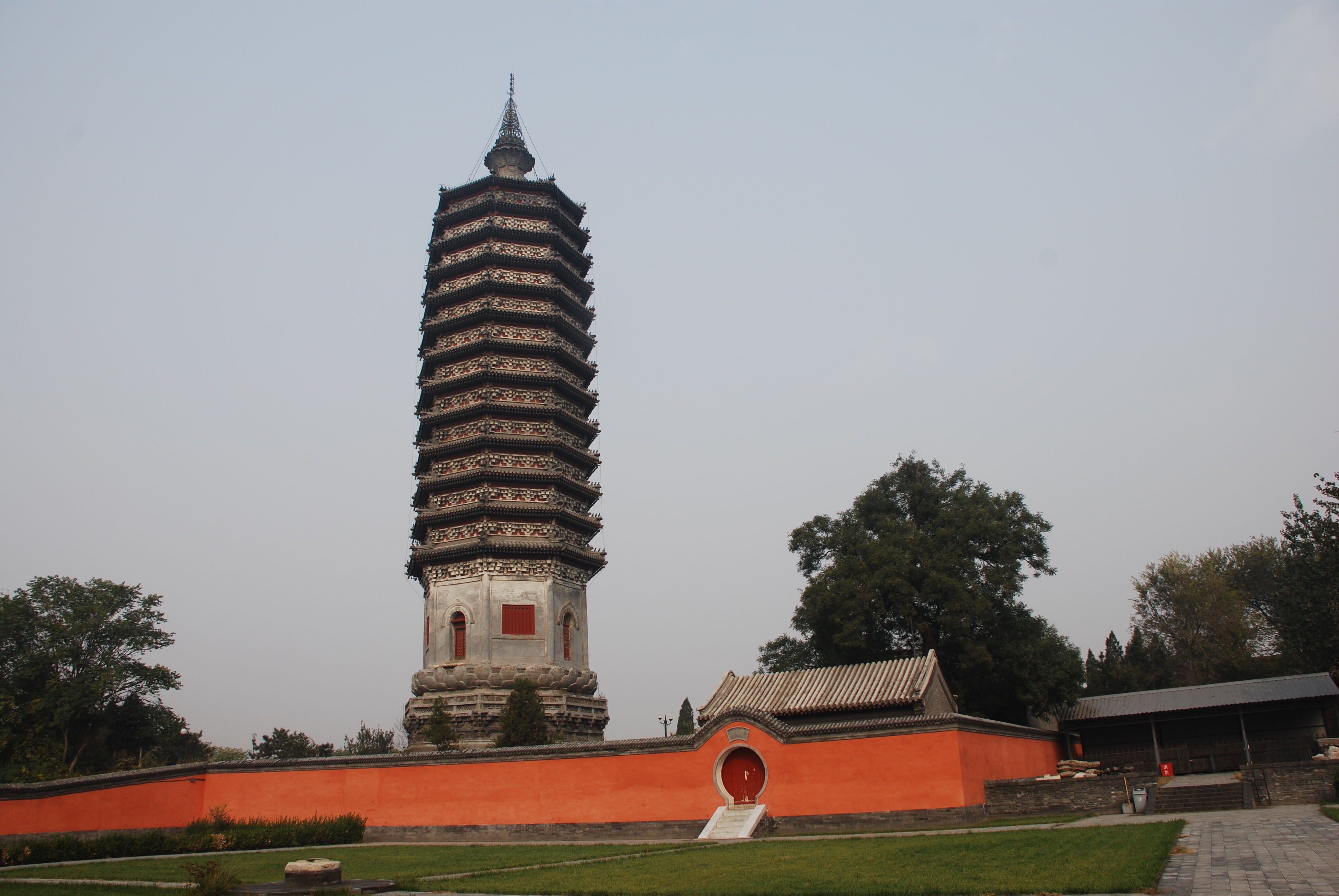
Tongzhou burning lighthouse map (photo by Jiang Yueling)
Linqing stupa
Located on the east bank of the Chengbei Wei Canal in Linqing City, it has a history of more than 380 years. It is a pavilion-style brick tower with imitation wood structure and is a national key cultural relic protection unit.This tower was built in the thirty-ninth year of Wanli in the Ming Dynasty (1 611). It is 61 meters high and has nine levels and eight sides. Pavilion-style, almost vertical, wood-like structure, with a general’s helmet-shaped top and eight bases, each with a length of 4.9 meters and a bottom area of 186 square meters, with a space area of 7,000 square meters. Brick and wood structure with eaves.Linqing stupa is a building that really accompanied with the Ming and Qing Canal. It witnessed the economic development of Linqing in the Ming and Qing Dynasties. Although the prosperity of that year has long gone, Linqing stupa still sticks to this land, as if it is still recalling the prosperity of that year.
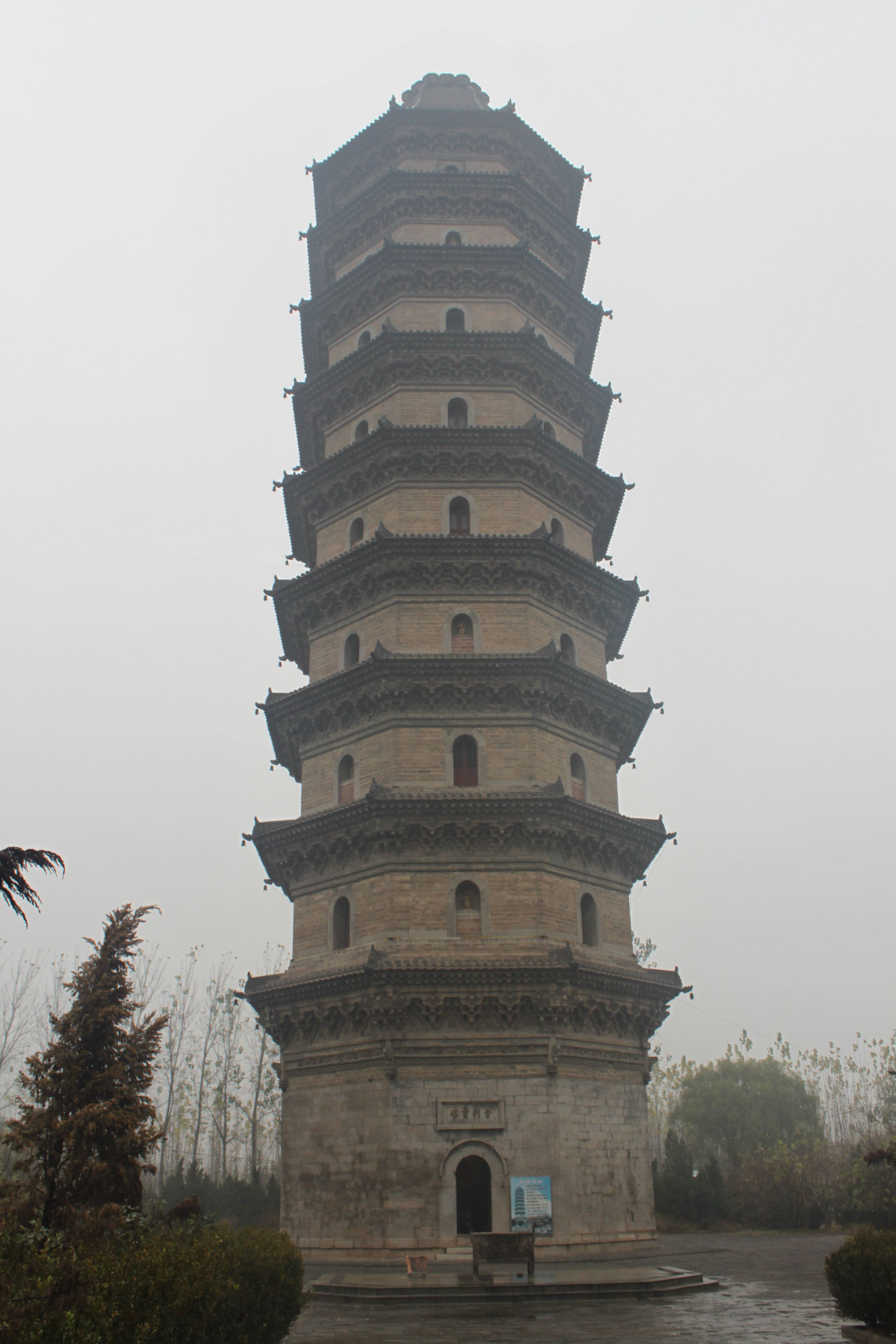
Linqing stupa
Yangzhou Wenfeng Pagoda
Located in Wenfeng Temple beside Baota Bay on the east bank of the ancient canal in the south of Yangzhou.Built in the tenth year of Wanli in Ming Dynasty, it is said that it is named after the style of writing that settled Yangzhou and made students stand out in the imperial examination field.Brick tower, 40 meters high, the canal under the tower is the place where Jian Zhen Dongdu untied the cable and entered the river. At the top, you can see the great river in the south, Shugang in the north, and the Green Yang Gallery. In the tenth year of Wanli in the Ming Dynasty, Yu Deye, the magistrate, built a tower, and the monks’ town was built for three years. At that time, Yangzhou was named "Wenfeng Tower", which means "the style of writing is prosperous and the context is smooth". Wenfeng Pagoda is a seven-story, eight-faced, brick-and-wood pavilion-style pagoda, with a mahogany tile, a masonry sumitomo under it, a cloister at the bottom, and an octagonal roof at the top of the tower, with a total height of 44.75 meters. The ancient pagoda is solemn and heavy, which has become a remarkable symbol of the ancient canal.The lamp niche on the tower also plays the role of a navigation mark. In the Ming and Qing Dynasties, grain ships and salt ships came and went from the tower, and the sails were numerous, which made this river bend known as Baota Bay.
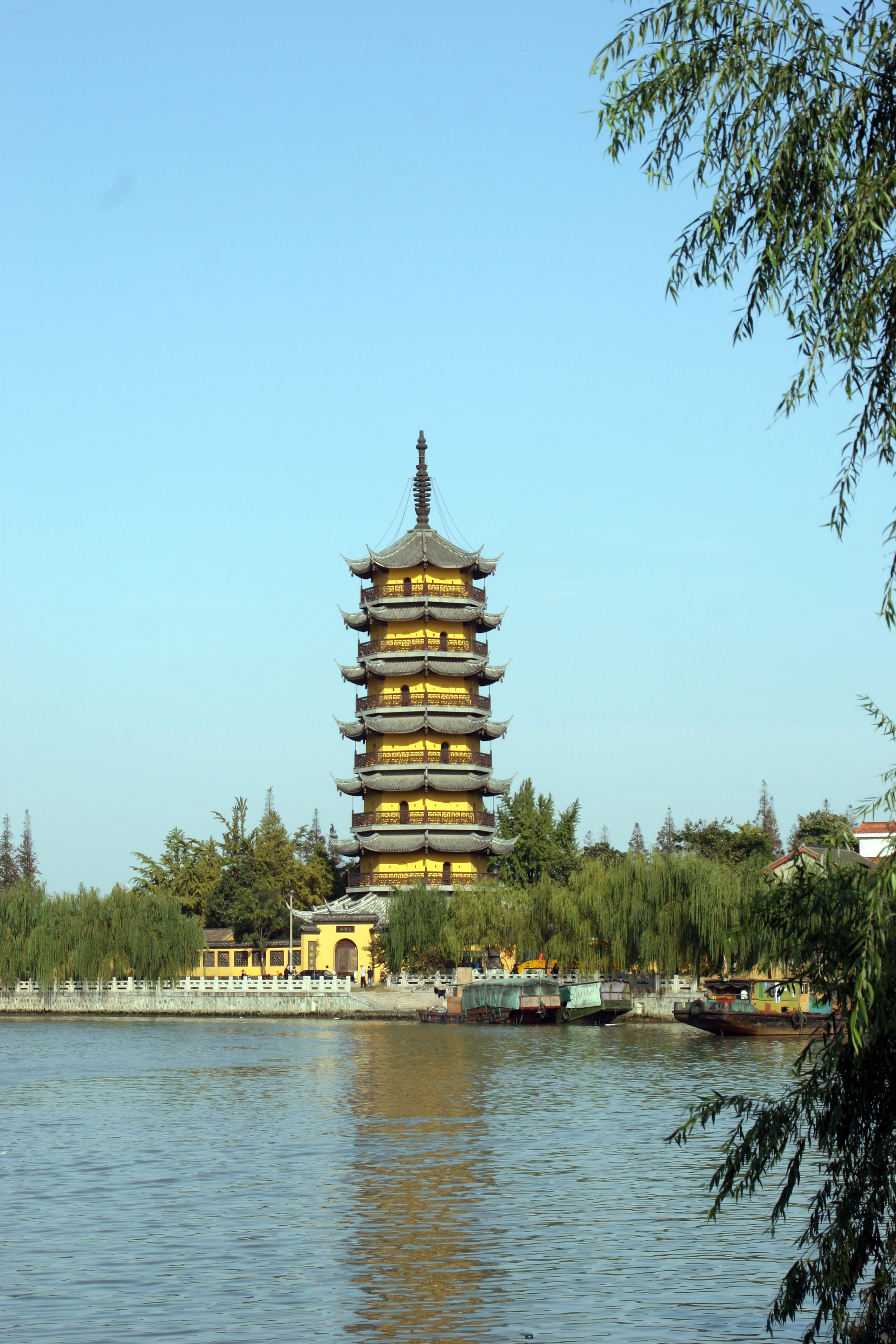
Yangzhou Wenfeng Tower (photo by Chen Yue)
Hangzhou Pagoda of Six Harmonies
Located on Yuelun Mountain beside Qiantang River, it was built by King wuyue for the town of qiantang bore in the Northern Song Dynasty. In the third year of Kaibao in the Northern Song Dynasty (970), Qian Hongjiao Sheyuan built a tower, and sent Zen master Zhiyuan, a monk, to build the Pagoda of Six Harmonies, and built a tower courtyard. The purpose of building the tower was to suppress the river tide. The present Pagoda of Six Harmonies Tower was rebuilt in the Southern Song Dynasty, and the wooden structure outside the tower was rebuilt in the 25th year of Guangxu reign (1899). The name of the pagoda takes the meaning of "Six Harmony Respect" in Buddhism and is named Pagoda of Six Harmonies.Pagoda of Six Harmonies, also known as the Liuhe Pagoda, takes the six sides of heaven, earth, east, south, west and north to show its broad meaning, that is, the meaning of "four directions of heaven and earth".The tower has seven sides and eight levels, with a height of 59.89 meters, which is magnificent. Overlooking the tower, Qiantang has a panoramic view. The eaves of the tower are gradually reduced from bottom to top, and 104 iron bells are hung on the upturned corners of the tower eaves. The eaves are bright, the eaves are dark, and the light and shade alternate with each other. From a distance, it looks very harmonious. Wenfeng Pagoda is a masterpiece of ancient Chinese architectural art with graceful appearance, extraordinary spirit, exquisite conception and wonderful structure. Now a new Chinese ancient pagoda garden has been built next to Pagoda of Six Harmonies. Entering Tayuan, more than 100 ancient pagodas in various dynasties and regions have displayed the essence of China Tower culture.

Hangzhou Pagoda of Six Harmonies
Who was the earliest digger of the Grand Canal in China?
Fu Cha, the king of Wu in the Spring and Autumn Period, was the first to dig the Grand Canal. Fu Cha (about 528 BC — In 473 BC), he was the last monarch of Wu in the Spring and Autumn Period. Fu Cha, the king of Wu, used the natural water system between the Yangtze River and Huaihe River to dig an artificial channel — — Hangou According to Zuo Zhuan, in the ninth year of Lu Aigong (486 BC), "Wu Chenghan, connecting the river and Huai River" [Zuo Zhuan’s Nine Years of Mourning for the Duke, Spring and Autumn Siming Zuo]. Han Gou starts from Han Cheng (located in present-day Yangzhou city) by the Yangtze River in the south and ends at the end of Shanyang Bay of Huaihe River (located in present-day Huai ‘an city) in the north, connecting the two major water systems. This is the earliest section of the Grand Canal in China with an exact date. In the second year after Fu Cha opened the Hangou, Wu Jun went north along the newly opened canal. With the help of the convenient water passage, Wu Jun sailed like a flying boat, sweeping across the country, trapping Chen, defeating his troops and retreating from Chu, and finally returning home in triumph.

Ancient Han ‘gou site

Fu Cha sculpture
Who dug the earliest salt river?
In the Western Han Dynasty, the Shangguan Yunhe Salt River dug by Wu Wang Liu Bi was the earliest one. This is an artificial canal with Yangzhou as the center to the eastern coastal area of Jianghuai.Liu Bi, the prince of Wu, was the son of Liu Zhong, the second brother of Emperor Gaozu Liu Bang, and was named the prince of Wu for his meritorious service in pacifying Ying Bu. His fiefdom "Three Counties and Fifty-three Cities" [The Ancestor of the Two Kings Canal in Yangzhou], with Guangling (that is, Yangzhou) as its capital, including Yuzhang County and Huiji County, almost covers the main territory of East China today. According to Records of the Historian, (Liu Ying) "You get money by frying ore and salt by boiling water". It was from local materials that Liu Bi mined and minted money, and boiled seawater for salt, which made Wu rich. 195 BC — In the first 154 years, in order to transport the salt rich in the eastern coast of the fief to Yangzhou, Liu Bi, referring to the practice of Fu Cha, presided over the excavation of the Shangguanyun Salt River, that is, from Zhuyuwan Scenic Spot, Yangzhou to Hailingcang, and then to Rugao, Hai ‘an, with a length of 195 miles. Emperor Han Jing took the suggestion of Chao Cuo, an ancient imperial physician, and cut off the kingdom fiefs. In the name of "killing Chao Cuo on the side of the Qing Dynasty", Liu Bi joined forces with seven countries, including Chu and Zhao, and publicly rebelled in Dinghai (154 BC) in the third year before Emperor Jingdi, which is known as "the rebellion of the seven countries with Wu and Chu". After being defeated by Zhou Yafu, the commander of the Han army, Liu Bi was defeated and killed. The canals dug by Fu Cha and Liu Bi, two kings of Wu, made Yangzhou prosperous for 2000 years.The people of Yangzhou built the "Erwang Temple" to commemorate the two ancestors of the Grand Canal. The Erwang Temple was destroyed in the 1950s. In 2007, Yangzhou rebuilt a "Mangou Dawang Temple" next to the ancient Mangou.

Two Kings, Fu Cha and Liu Ying, enshrined in the King Temple in Han ‘gou.
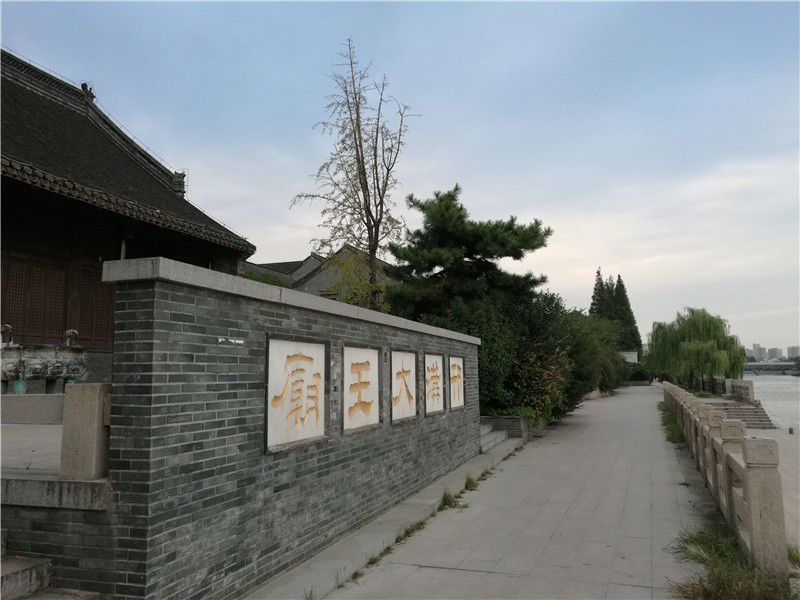
Han’ gou Dawang Temple
What contribution did Chen Deng make to the Grand Canal in the Eastern Han Dynasty?
In the Eastern Han Dynasty, Chen Deng presided over the excavation of Han Gou.It has played an important role in the development of the Grand Canal.
Chen Deng was born in Xiapi Huaipu (now Lianshui West, Jiangsu Province). He was bright, quiet and resourceful. When he was a teenager, he had the ambition to help the world and the people, and he was well-read and knowledgeable. At the end of the Eastern Han Dynasty, he served as the prefect of Guangling. Due to the fact that Han Gou detours to the northeast above Fanliang Lake, and there is the danger of waves in Bozhi and Sheyang Lakes, with the development of water transport, it is inevitable to avoid bends and take straightness. Therefore, in the early Jian ‘an period of the Eastern Han Dynasty, Chen Deng, the prefect of Guangling, considered that "Huai Lake is far away, the land and water are different, and the mountains and rivers are impassable [Qing Liu Wenqi in Yangzhou Waterway]", it was "crossing the ditch and chiseling the horse". At the beginning of Jian ‘an, Chen Deng presided over the excavation project, from the mouth of Fanliang Lake, through the canal to Jinhu (that is, Jieshou Lake, which governs the south in today’s Baoying County), and then from Jinhu Lake to Baima Lake (in the northwest of today’s Baoying County), until the end of Shanyang River enters Huai River.This is the first reconstruction project for the canal of the Han River in history. After Chen Deng’s large-scale excavation, a relatively straight new transportation road was formed, which was called the Hangou West Road in history.Han Gou Xi Dao is roughly the same as today’s Li Canal. During his tenure, Chen Deng also built water conservancy facilities along the Huaihe River (the predecessor of Gaojia weir), Broken Kettle Pond and Chengongtang to develop farmland irrigation, which restored agriculture in Jianghuai area, which was destroyed repeatedly at the end of Han Dynasty, to a certain extent.
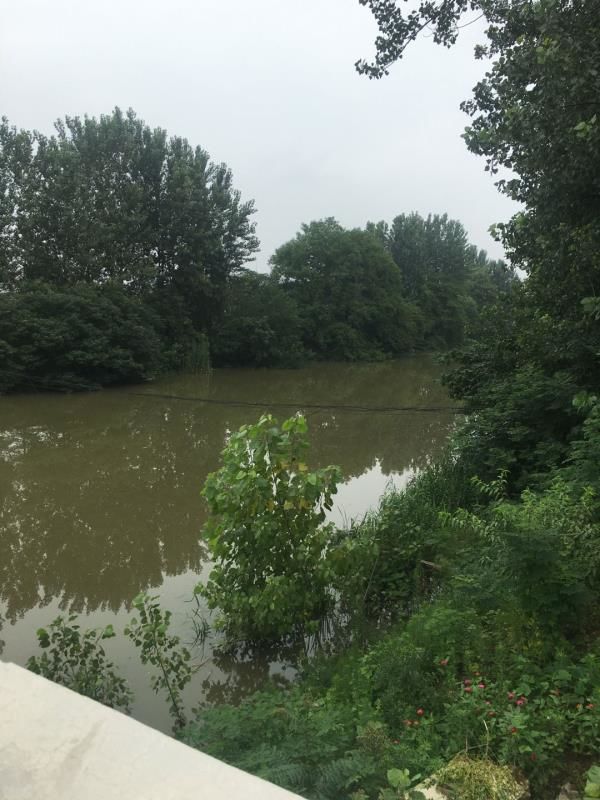
Chen Dengkai’s Chengongtang
Who presided over the digging of Baigou?
Cao Cao, a politician in the Eastern Han Dynasty, presided over the digging of the white ditch. Cao Cao (155 years — In 200), the word Meng De was born in Peiguoqiao County (now Bozhou, Anhui Province). Politician, strategist and poet in the Three Kingdoms. Han Jian ‘an seven to nine years (202 — In 204), Cao Cao successively repaired Suiyang Canal to Guandu; "Stop Qi water from entering Baigou to pass the route for providing foodstuff (now in the east of Weixian Town, Qixian County, Henan Province). From this, the tanker can connect the upper reaches of the Weihe River and the lower reaches of the Yellow River at that time, and connect the rivers of the Haihe River system to the northeast.In the 11th year of Jian ‘an, Cao Cao invaded Wuhuan in the north, and dug Pinglu Canal and Quanzhou Canal to communicate Baigou, Hutuo River, Baoqiu Water (Donglu Water) and Suishui (now Luanhe River). Baigou, Pinglu Canal and Quanzhou Canal became the predecessors of Yongji Canal in Sui Dynasty.
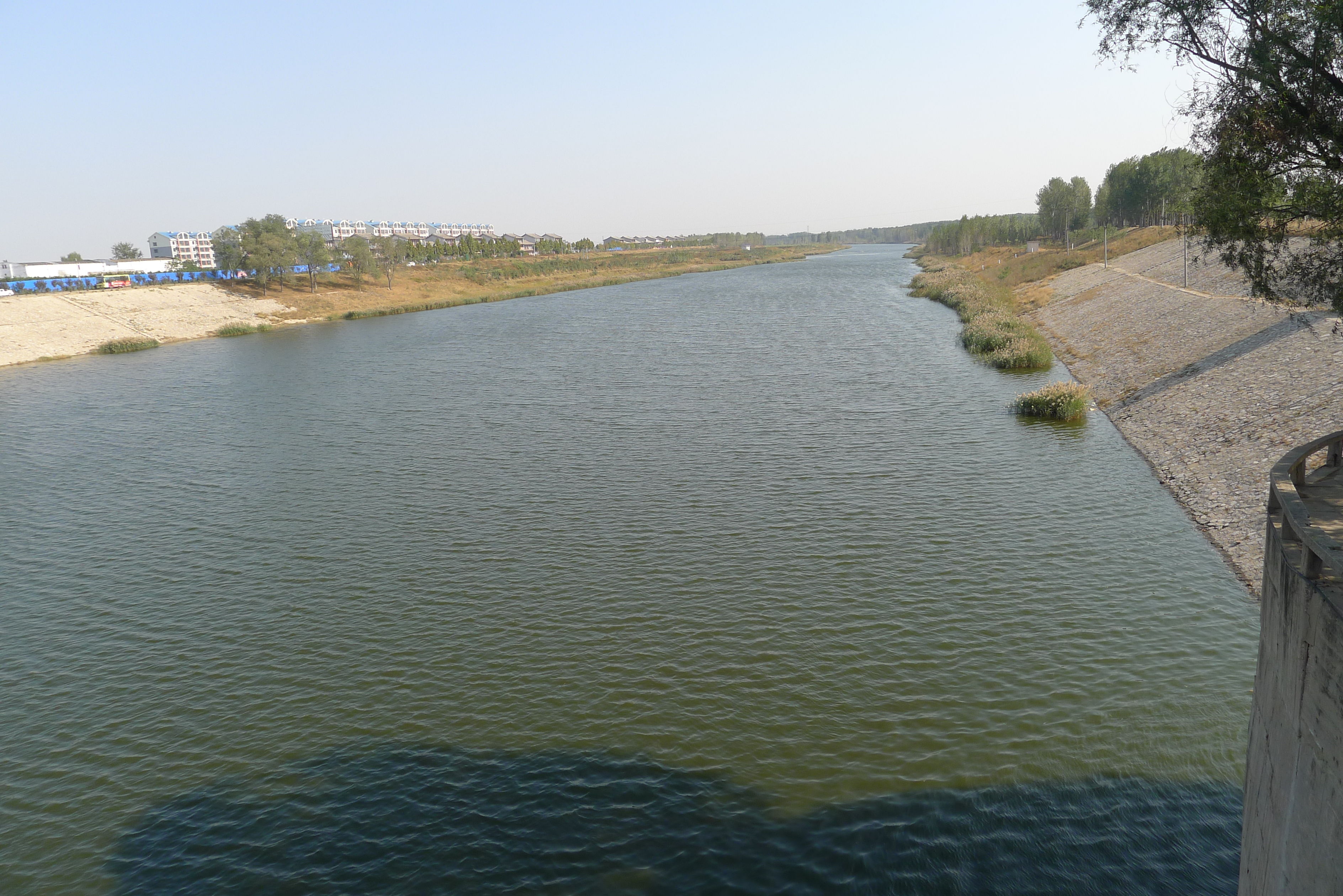
Today, the predecessor of Zhangwei River is Baigou.
Who built Shao Bo Dai?
It was Xie An, a politician in the Eastern Jin Dynasty, who built Shao Bo. Xie An (320 — In 385), the word Anshi was born in Yangxia, Chen Jun (now Taikang, Henan Province). When he was filial to Emperor Wu, he was the prime minister of the Eastern Jin Dynasty. In 385, Xie An dredged the canal in northern Jiangsu, and built a dam to store water and facilitate navigation in Shao Bo today. According to historical records, "Xie Anzhu was built in the north of the new city, and the people relied on it. Compared with helping Zhou Zhi to call Bo, it was named Bo Dai."It is precisely because the people compare Xie An to Zhao Bo, and "Zhao" means "Shao". This place was later called Shaobo Town.. "Poem Zhao Nan Gan Tang": "Cover Gan Tang, don’t cut it, call Bo." Zhao Bo once worked under the Gan Tang tree, asking people to never cut down or destroy a leaf of the Gan Tang tree, which can be described as loving. This love comes from heartfelt gratitude for Zhao Gong’s moral education. Therefore, Shao Bo is also called Gan Tang, and now there is an ancient Gan Tang tree in the town. Shao Bo people also built Xie ‘an Square, and are preparing to build Xie Taifu Temple, which fully reflects the gratitude of Shao Bo people to Xie ‘an.

Shaobo Ancient Town

Xie’ an sculpture
Who was the first person to run through the Grand Canal?
Emperor Yangdi Yang Guang was the first person to run through the Grand Canal. Yang Guang, Emperor Yangdi of Sui Dynasty (April 11th, 569-618), was born in Huayin (now Huayin, Shaanxi), the second son of Emperor Wen of Sui, Emperor of Sui Dynasty, and the second emperor of Sui Dynasty. Born in Daxing, the capital of Sui Dynasty, he succeeded to the throne in July in the fourth year of Renshou (604). During his reign, he built the Grand Canal (opening Yongji Canal, Tongji Canal, adding Han Gou and Jiangnan Canal), built the capital of Luoyang as the east, initiated the imperial examination system, personally levied Tuguhun and three Goguryeo, which caused chaos in the world and directly led to the collapse of the Sui Dynasty. He was hanged by his men in Jiangdu in 618 AD.
In 584, Yang Jian, Emperor Wendi of Sui Dynasty, ordered Yuwen Kai to lead the people to open the canal.Wei River is drawn from the northwest of Xingcheng, slightly following the old course of Cao Canal in Han Dynasty, and flows into the Yellow River in Tongguan, which is more than 150 kilometers long and is named Guangtong Canal. In 604 AD, it was renamed Yongtong Canal.Emperor Wendi of Sui Dynasty excavated the Shanyang River to the east of Han ‘gou, also known as Shanyangdu. However, with the development of politics, economy and culture in the north and south, the local canals built can no longer meet the needs of society. Communicating the north-south waterway has become an urgent need for social and economic exchanges.
In the first year of Daye (AD 605), in the first year of his accession to the throne, Emperor Yangdi ordered more than one million people from Henan and Huaibei counties to build Tongji Canal. In the same year, he also recruited more than 100,000 migrant workers from Huainan to open a ditch, which entered the Yangtze River from Shanyang to Yangzi. The canal was 40 steps wide, and both sides were built with neat and flat imperial roads and planted with willows. In the fourth year of the great cause, millions of migrant workers from Hebei Province were recruited to dig Yongji Canal to meet the needs of Liaodong. Communicate with the Yangtze River and Yellow River in 610. So far, the project of digging the Grand Canal has been basically completed. It took six years before and after Emperor Yangdi dug the Grand Canal.Emperor Yangdi successively dug and dredged Tongji Canal from the Yellow River to Bianshui and then from Bianshui to Huaihe River. There are also gullies that enter the Yangtze River from the Huaihe River; Jiangnan River from Jingkou (now Zhenjiang, Jiangsu) to Huiji (now Shaoxing, Zhejiang); Lead Qinshui south to the Yellow River and north to Yongji Canal in Zhuojun (now Beijing). These canals are connected from north to south, which is the famous Grand Canal in Sui Dynasty.The Grand Canal runs from Zhuojun in the north to Yuhang in the south, winding for more than 5,000 miles (2,700 kilometers) from north to south. The Grand Canal in Sui Dynasty takes Huiji, Luoyang and Zhuojun as three points, and the Jiangnan River, Hangou, Tongji Canal and Yongji Canal are four sections, connecting the five major water systems of Qiantang River, Yangtze River, Huaihe River, Yellow River and Haihe River.
The completion of the Grand Canal promoted the development of cities on both sides of the Canal, and cities such as Jiangdu, Yuhang and Zhuojun prospered quickly. At that time, on the canal, "merchant ships traveled back and forth, and ships could not stop riding." The Grand Canal promoted the economic and cultural exchanges between the North and the South during the Sui and Tang Dynasties, maintained national unity and strengthened centralized system. Pi Rixiu wrote a poem in the Tang Dynasty: "Ten thousand dragons and green trees were carried to Yangzhou and never returned. It should be the god to teach people to open the bian river, here a thousand miles of the ground can not see a mountain. It is said that the sui dynasty national subjugation is because of this river, but now it is still flowing, the north and south vessels are therefore unimpeded. If there is no water temple dragon boat, there is not much merit in the discussion. " ("Two Poems of Nostalgia on the Bianhe River")

The newly discovered tomb of Emperor Yangdi in Xihu Town, Yangzhou in 2013
Who solved the water source problem in the south section of the Jiangnan Canal?
Qian Liu has solved the water source problem in the south section of the Jiangnan Canal. Qian Liu (852 — 932), with beautiful words, was born in Lin ‘an, Hangzhou. The founder of Wu Yue State in the Five Dynasties. During Qian Liu’s reign, he attached great importance to water conservancy, took "protecting the environment and protecting the people" as the national policy, and built seawalls, expanded Hang Cheng, developed agriculture and mulberry, dredged lakes and rivers, opened up shipping and expanded trade, which played a positive role in the development of Hangzhou and Zhejiang. In order to solve the water source problem in the south section of the Jiangnan Canal, Qian Liu, King of Wu Yue, implemented projects such as dredging the West Lake, diverting the tide from the river and building double gates.He believes that Taihu Lake area "is surrounded by streams and lakes, connected with rivers and seas, and endowed with a wide range of land, so it is necessary to contribute to irrigation and use it to cultivate mulberry."In addition to harnessing ditches, building seawalls and dredging the West Lake in Hangzhou, Tianbao five years (915),He also set up a special ambassador for farming in Dushui, and ordered him to raise four soldiers next to Taihu Lake to create a shallow army and personally command it.There are seven or eight thousand people in Liaoshallow Army, whose main task is to harness rivers and build dikes. The practice of clearing the gap year by year, that is, the professional team insists on dredging all the year round. In the second year of Baozheng (927), Zhehu Lake and xin jing Pond entered the sea from Xiaoguanpu. Along the Yangtze River, it reaches the Jiangyin boundary in Changzhou, and each river and each pond has a weir gate, and a maintenance system of water network pond and polder field is established. "Every field is divided into dikes, and the dikes must be long. Every year or two, people who build dikes will build dikes and dredge the harbor, so the dikes in the lowlands are always solid, and the ports in dry fields are always open" ["Grand Canal Celebrity" 59]. Therefore, floods and droughts were rare in wuyue period, and they were abundant in their early years.

Hangzhou section of Jiangnan canal
Author Jiang Shili:
Deputy Director of Yangzhou Press and Publication Bureau.During the application for the World Heritage of the Grand Canal in China, he served as the full-time director of the World Cultural Heritage Office of the Grand Canal and the deputy director of the World Heritage Office of Yangzhou, the leading city, and experienced the process of applying for the World Heritage of the Grand Canal.